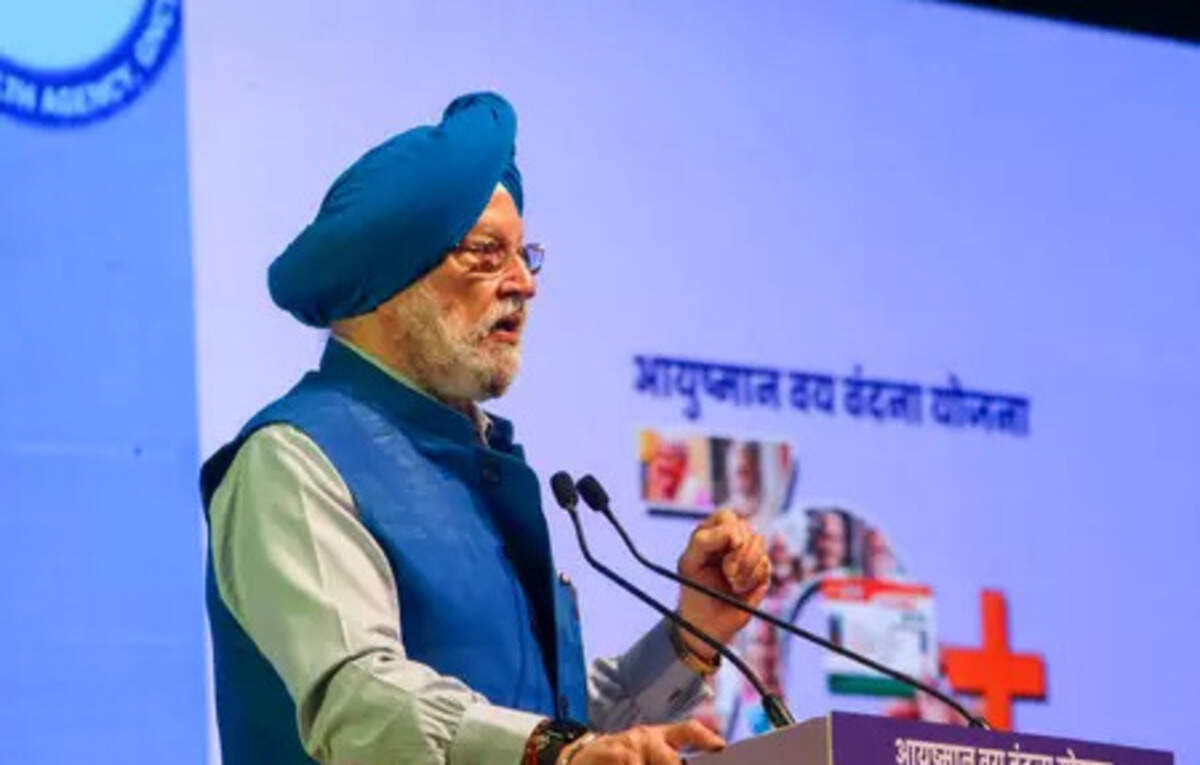India's Green Hydrogen Revolution: Towards Energy Self-Sufficiency
Key Ideas
- Union Minister Hardeep Singh Puri states India's energy future is moving towards self-sufficiency, with a focus on green hydrogen revolution.
- India has allocated significant production and manufacturing capacities for green hydrogen, with pilot projects in key sectors like steel and mobility.
- The National Green Hydrogen Mission aims to produce 5 million metric tonnes of green hydrogen by 2030, creating jobs and reducing CO2 emissions.
- The launch of the Green Hydrogen Certification scheme emphasizes transparency and credibility in green hydrogen production in India.
Union Minister for Petroleum and Natural Gas, Hardeep Singh Puri, highlighted India's progress towards energy self-sufficiency through the green hydrogen revolution. With a focus on reducing the $150 billion annual energy import bill, the minister emphasized the potential of global green hydrogen price reductions to spark a sustainable energy revolution. Under Prime Minister Narendra Modi's leadership, India has allocated significant capacities for green hydrogen production and awarded manufacturing contracts to key firms. The National Green Hydrogen Mission, launched in 2023 with a substantial initial allocation, aims to achieve 5 million metric tonnes of green hydrogen production by 2030. This ambitious goal is set to avert nearly 50 million metric tonnes of CO2 emissions annually, attract substantial investments, and create over 600,000 jobs. Recently, the Green Hydrogen Certification scheme was introduced to ensure transparency and credibility in the green hydrogen sector. India's commitment to renewable energy, with over 223 GW installed capacity, showcases its position as one of the fastest-growing renewable energy markets globally.
